As the name suggests, Toon Boom specializes in software for making cartoons and animations. The company has a fairly large range of products targeting everyone from hobbyists to professionals, and from Internet-based cartoonists to kids. Disney, Cartoon Network, and The Simpsons cartoon series are among the more popular names that use Toon Boom’s software.
Animate Pro is the professional version of Animate—Toon Boom’s flagship product. This review is primarily on Animate Pro, but will touch on Animate since it shares many of the same features.
A Cartoonist’s Best Friend
Each time Animate Pro is opened, a welcome screen comes up. From there, users can choose from different ongoing projects, create new projects, or open a set of tutorials. There are also links to a few of Toon Boom’s online tools, including a job finder where animators can post resumés and employers can post positions for animation jobs.
After opening a project, I was taken to Animate Pro’s main workspace. The working area is much simpler than similar programs such as Flash. I found it to be very intuitive and easy to figure out.
Creating animations in the program proves just as easy. Simply press the “Animate” button to let the application know you are creating the animation for a character. Similar to Adobe Flash CS4, setting things in motion is as simple as drawing an image, making alterations to it further down a timeline, and clicking a couple of buttons. Then just sit back and watch as Animate fills in the gaps.
Keeping It Original
After spending some time with Animate, I discovered a few features that I have never come across in a similar program—features that make a huge difference in the animation process.
Another very cool feature is multi-plane—a signature feature of Toon Boom. It allows the user to create a 3-D set using 2-D images. A camera can then pan through the set, creating a better sense of depth. For example, it brings realism to a city scene by having buildings in the foreground move by quickly while buildings in the back move more slowly as a character walks through.
Animate’s color selector is one of the best I’ve come across. The user is able to create a set of colors (swatches) for each character or object in a project. The color swatch will then be linked to the object. If a change is made to a color, all items currently painted with it change accordingly. The color swatches can also be cloned and altered so that characters can be quickly re-colored for different times of the day or different lighting.
Animate also has a good number of minor features that help the process, such as advanced kinematics for making a character with freely-movable parts, the ability to smooth out an animation with the “easing” function, and many others.
Animate Pro or Flash CS4
Being a regular user of Flash CS4, I’ve known about Animate Pro for a good while but had never used it until this review. I found Animate to be much easier to use than Flash and much less complicated.
Toon Boom also provides an in-depth set of free video tutorials and PDF guides that go over just about every feature the application has to offer. Since they are also ordered in a somewhat linear manner, a new user could start from the top and learn how to use Animate from the inside-out.
Flash and Animate do share some common traits, such as creating keyframes to animate an image. However, there are many features in Animate that cannot be found in Flash, such as the ability to rotate the canvas, 3-D multi-plane camera use, forward kinematics, advanced morphing, and so on.
Just one example of this can be found when trying to make a change to an animation mid-way through a sequence.
In Flash, if an animator makes a change to an object during an animation, that change affects the entire animation. If you swap out a symbol in the middle of an animation, it will also insert it for the entire animation.
For character animators this is a problem, since these two features are needed for making the character move properly and to create a sense of depth. Without these features, the character lacks full movement and has a robotic look. ActionScript can be used to do this, but for animators that don’t know code, this is not possible.
Animate does allow for this, however, and even takes it a few steps further. Animate gives free reign over the animation, and objects can be morphed, swapped, altered, and changed at any point without affecting the rest of the animation.
Animate can also export files in FLV, SWF, MOV, and image sequence formats, which means that it is compatible with Flash, and can still be used to create SWF files to be used on Web sites.
Going Pro
Animate and Animate Pro share quite a bit in common, but there is a significant price gap between the two programs. For most users Animate will have just about everything they’ll need. For professionals, however, there are some really good features that can only be found in Animate Pro.
The most useful, in my opinion, is the compositing feature. Previously, I had only seen this feature available in 3-D animation and rendering software. It allows a user to connect different parts of an image or sequence using small boxes connected by lines.
The end result is much better rigged characters, and it can be done fairly quickly and easily. By creating a hierarchy of control among various moving parts and their relationship to one another, the feature ensures that if one part is moved, the part below will move along with it.
From within the compositing window, much more can be done, such as creating special effects, and so on.
There are also a handful of other features and enhancements that are only in Animate Pro.
In a Nutshell
For anyone interested in animation or creating cartoons—whether for fun or for a career—Animate Pro is a great tool to have.
If you are trying to decide between Animate and Flash, think of it like this: if you want to make games and Web sites, go with Flash CS4. If you want to make animations, go with Animate Pro.
My only complaint about Animate Pro is the steep price. Toon Boom offers a free version of it on their Web site, but it is more for learning purposes since it will put a watermark on anything created.
For users on a tight budget, I’d recommend Animate which includes a good number of the features in Animate Pro and is close to the same price as Adobe Flash CS4 Professional.
[etDetailsBox Score Card]
Effectiveness: A+
Interface: A
Usability: A+
Installation: A
Overall: A
[/etDetailsBox]
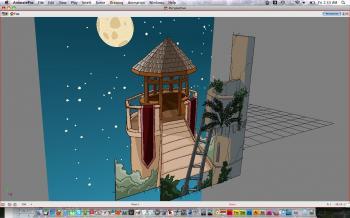

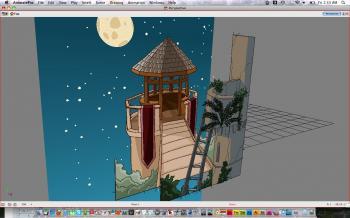
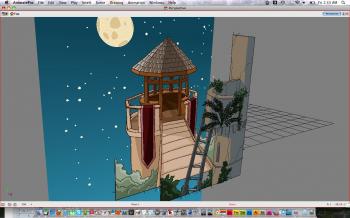
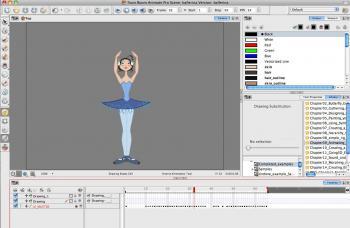
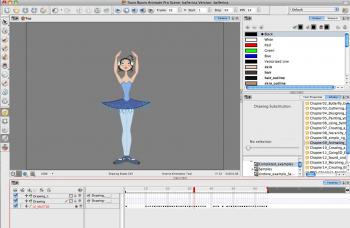
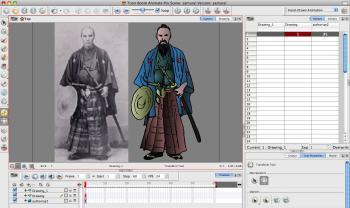
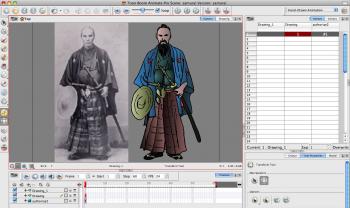




Friends Read Free